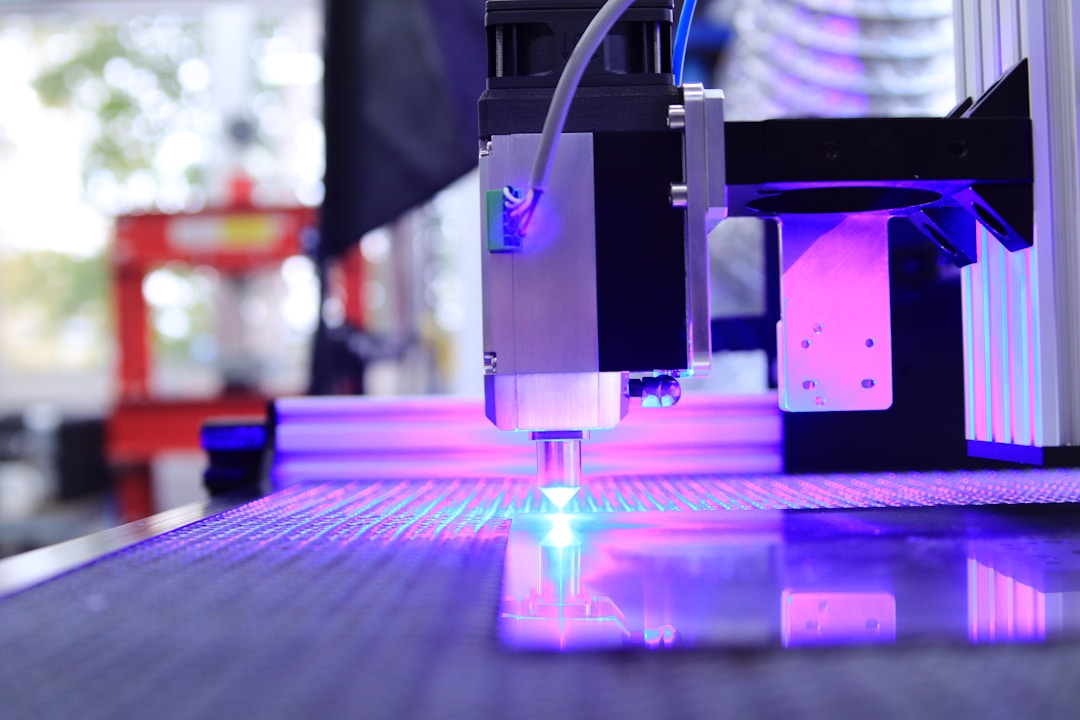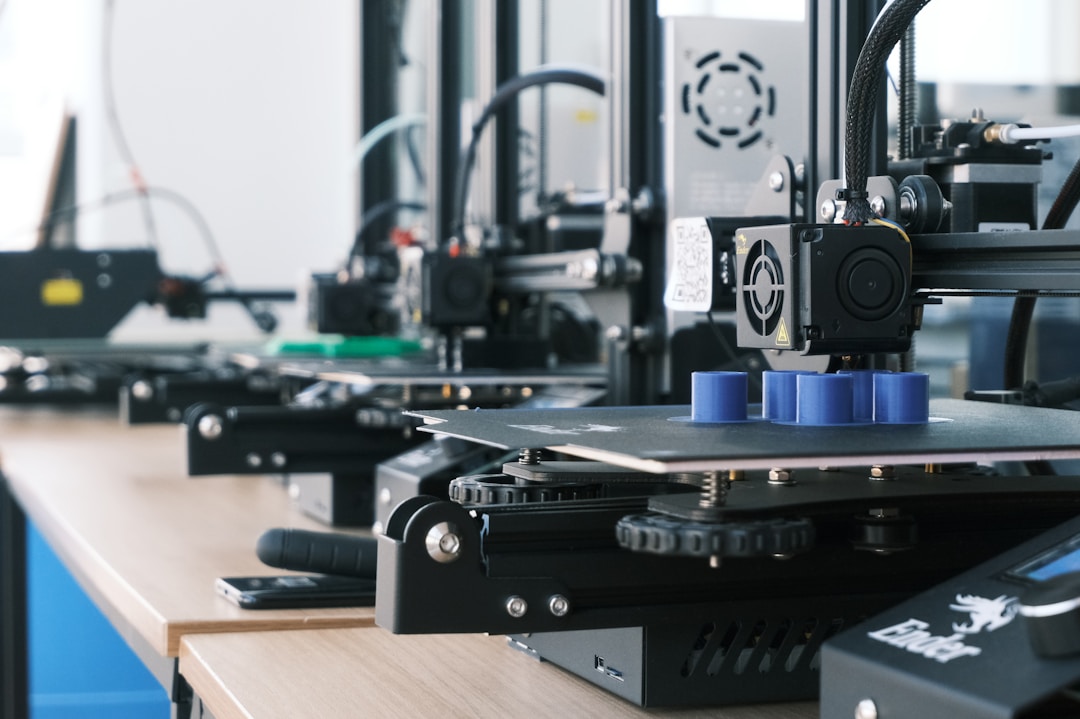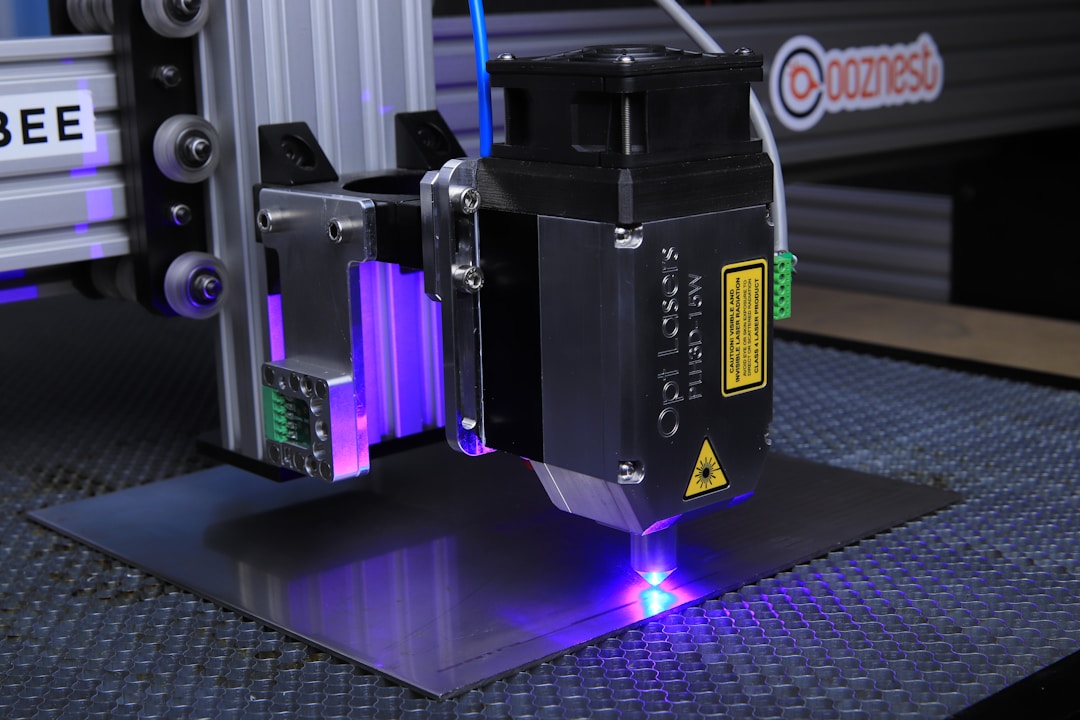The research status and development trend of ultra-thin uniformly heated plates
Release Time:
Nov 12,2021
With the emergence and rapid development of the fifth generation mobile communication technology (5G technology), electronic products, especially smartphones, tablets, and other products, are increasingly moving towards high-performance, high integration, and miniaturization. The exponential increase in power consumption will lead to electronic chips generating excessively high heat flux density and operating temperature in narrow spaces, further causing severe thermal runaway problems. Ultra thin uniform heat plates have excellent thermal conductivity, large heat transfer area, good temperature uniformity, and high reliability, making them the primary way to solve the heat dissipation problem of electronic equipment. In order to meet the cooling needs of modern miniaturized electronic devices in the 5G era, further ultra-thin homogenization plates are currently a research hotspot in the industry and academia. Based on this, an overview of the heat transfer principle of ultra-thin homogenization plates is provided, with a focus on summarizing the current research status of ultra-thin homogenization plate structure design at home and abroad, including gas-liquid channel layout structure and liquid absorption core structure. The current packaging and manufacturing process of ultra-thin homogenization plates is introduced, and the problems in achieving extreme ultra-thinness are analyzed. Finally, the research trend and development prospects of ultra-thin homogenization plates in the field of heat dissipation such as highly integrated ultra-light electronic devices are scientifically predicted.
With the emergence and rapid development of the fifth generation mobile communication technology (5G technology), electronic products, especially smartphones, tablets, and other products, are increasingly moving towards high-performance, high integration, and miniaturization. The exponential increase in power consumption will lead to electronic chips generating excessively high heat flux density and operating temperature in narrow spaces, further causing severe thermal runaway problems. Ultra thin uniform heat plates have excellent thermal conductivity, large heat transfer area, good temperature uniformity, and high reliability, making them the primary way to solve the heat dissipation problem of electronic equipment. In order to meet the cooling needs of modern miniaturized electronic devices in the 5G era, further ultra-thin homogenization plates are currently a research hotspot in the industry and academia. Based on this, an overview of the heat transfer principle of ultra-thin homogenization plates is provided, with a focus on summarizing the current research status of ultra-thin homogenization plate structure design at home and abroad, including gas-liquid channel layout structure and liquid absorption core structure. The current packaging and manufacturing process of ultra-thin homogenization plates is introduced, and the problems in achieving extreme ultra-thinness are analyzed. Finally, the research trend and development prospects of ultra-thin homogenization plates in the field of heat dissipation such as highly integrated ultra-light electronic devices are scientifically predicted.






 Language
Language




